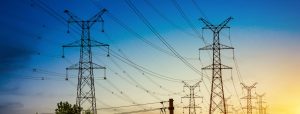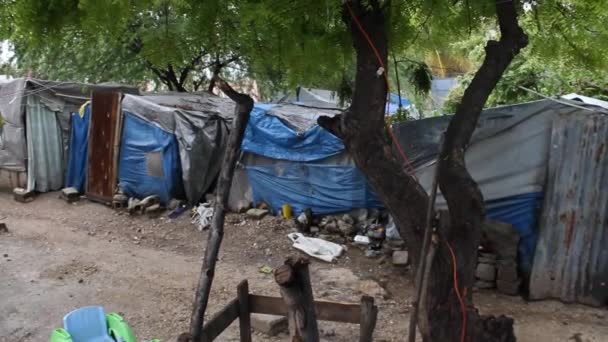
- Industries
Case Studies
Industries
- How It Works
- Contact
- About Us
- Alliances
SREUS Energy founders were asked to develop a housing and utility system for blue tarp tent cities in Haiti where around 60,000 people live in impoverished circumstances. They have also visited sites in India where hundreds of thousands of people live day to day in the same conditions. The SREUS system can be used to build and support low-income housing communities by providing power, hot and cold water, sanitary sewer, and garbage disposal.
The SREUS team is also exploring grants from the Department of Defense for remote airfield and temporary deployment site utility services. There is also a clear market for SREUS when FEMA response systems move into a disaster area while traditional utilities are repaired.

One man’s trash is another man’s treasure. Well, in this instance, perhaps your trash could be your treasure… When it comes to producing power and clean water using the SREUS system, there are many fuels that can power it:
We would love to discuss how this technology could benefit your industry!
Copyright 2020 SREUS Energy All rights reserved